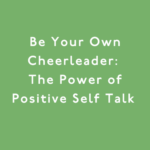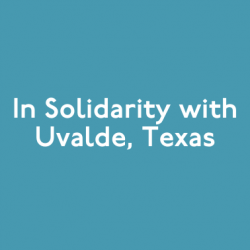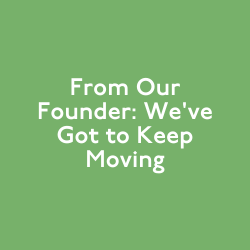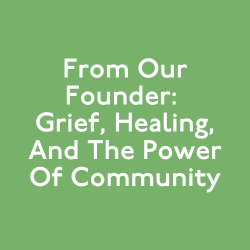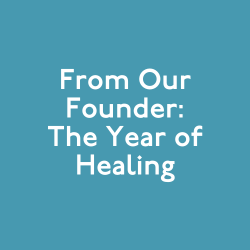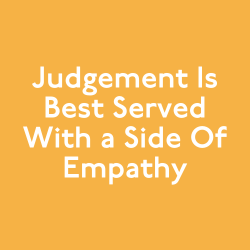Written by Founder and CEO, Sara Potler LaHayne
With all of the issues closing in on us in 2017, perhaps one of the most startling is the state of our children.
Teenage suicide rates are climbing. Addiction is soaring. Childhood obesity is through the roof.
It’s not as if these issues are missing from the conversation. In fact, they’re a few of the biggest political issues of the last decade and beyond, with more and more funding becoming available to fight these problems every year.

We have lost the emotional foundation that creates resilience and harmony.
But in June 2016, New York Times columnist David Brooks observed that despite the money being poured into academic enrichment and vigor, “…progress has been nil because the students’ emotional foundation has been collapsing under our feet.”
It all points to a severe lack of community engagement, and empathy.
When I describe the fact that more people feel overworked with too little time and money to deal with their problems, can you tell whether I am talking about a student, teacher or parent?
We’re all going through the same whirlwind of transition that includes rapidly changing technology, a growing population with more strains on our infrastructure and our economy, and overhauls to systems like healthcare. And it’s all happening faster than ever.
The problem is twofold: many people are being left behind, and we are forgetting how to be a support system for each other in our collective time of need.
That’s why I launched the empathy revolution in 2010, with Move This World as my vehicle.
By tapping into each individual’s creative potential, Move This World helps people understand, engage, express and manage their emotions healthily.
Social Emotional Learning Programs
Move This World’s curricular tools teach students how to identify and manage difficult emotions, like anxiety, fear, or anger. In addition to building a common language around emotions — which helps teachers identify the specific challenges students are experiencing, therefore opening up the possibility of finding a solution instead of calling a resource officer — students are equipped with techniques to resolve issues on their own.
This has a multi-layered effect. Students become more resilient. Classrooms are disrupted less often. School becomes a safe place instead of a burden. All of that changes a school culture so students feel like they belong, and teachers feel like they are supported by one another, and their administrators.
Learn more about our Social Emotional Learning Programs
Will this ripple effect continue out until suicide, obesity and addiction are eradicated? It’s highly unlikely. But we can provide the space for people and communities to express what they are feeling and why.
Ultimately, those are the channels to solving our problems.
There isn’t a silver bullet to solving a lack of empathy or understanding. There isn’t a bill that will end poverty or a protest that will wipe out addiction.
All we can do is have the courage to open our hearts to one another, accept the fact that nobody is perfect and everybody is trying hard to keep up, and engage in the conversations we’ve been avoiding since the turn of the millennium.
But first we have to learn how to do that. We are here to help.
Sign up for Move This World’s newsletter to stay up to date on social emotional learning.
Enter your email below!





